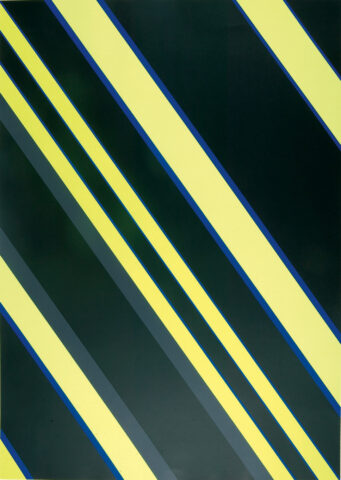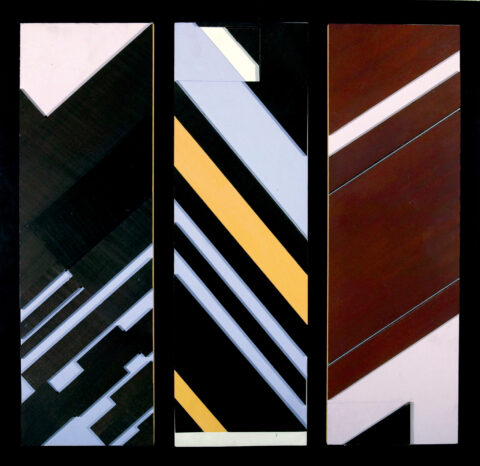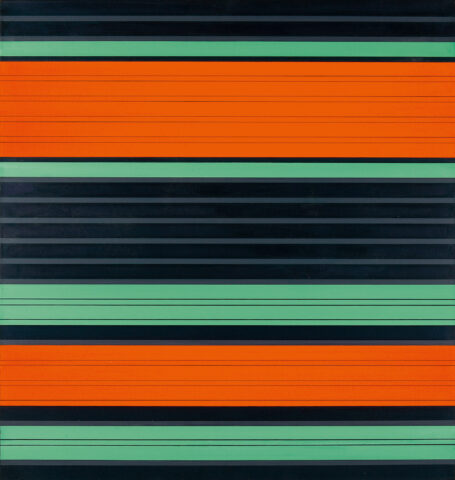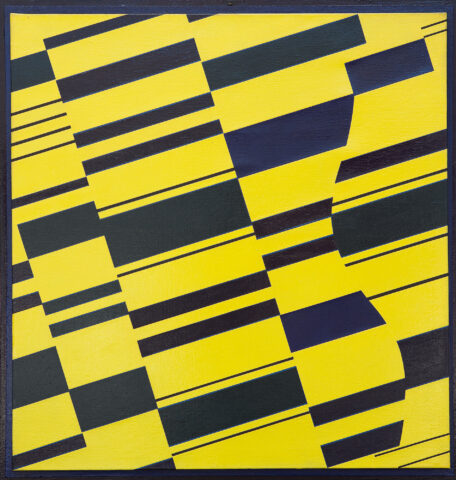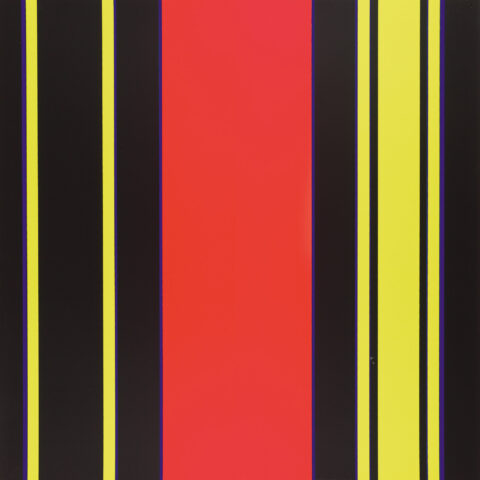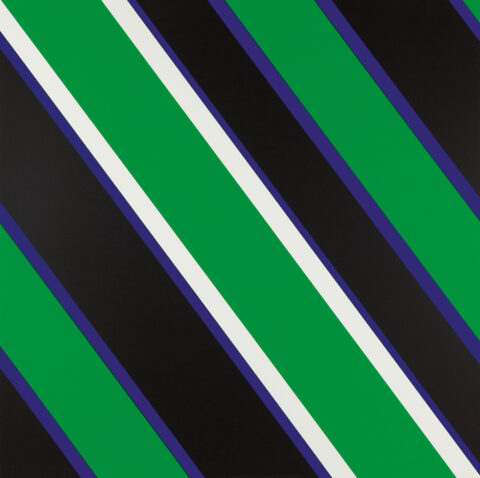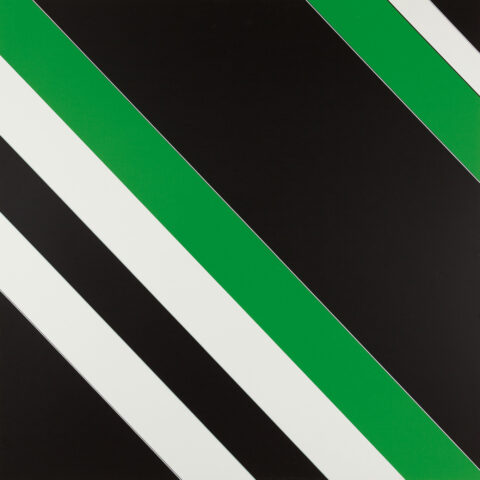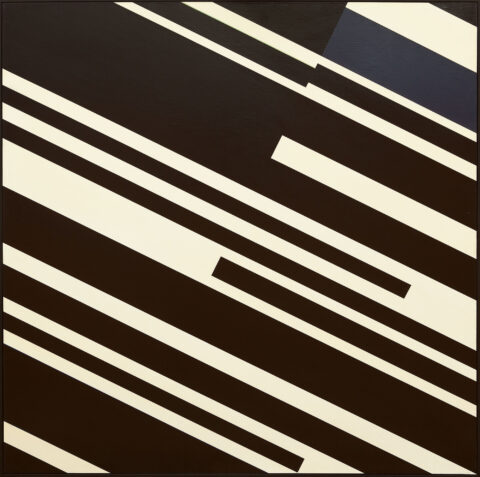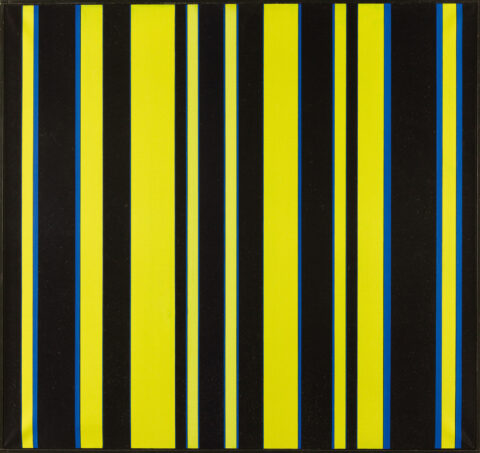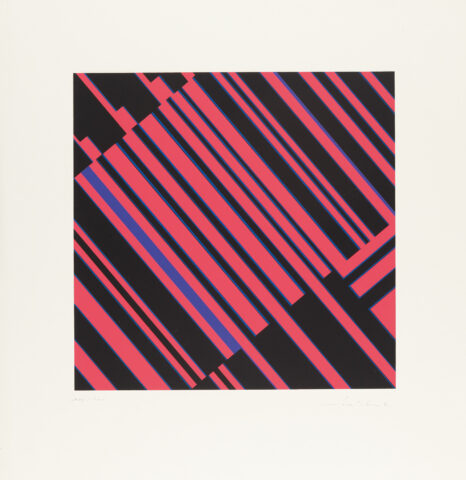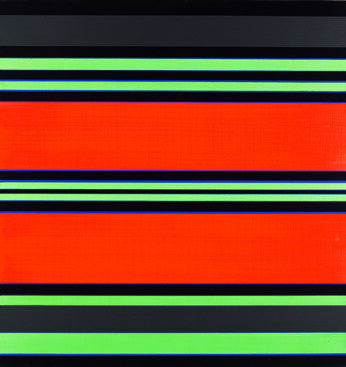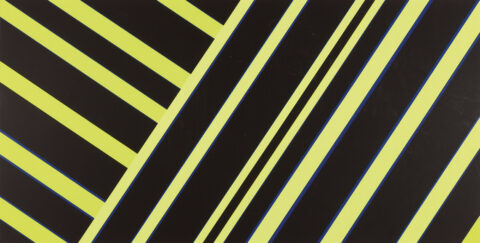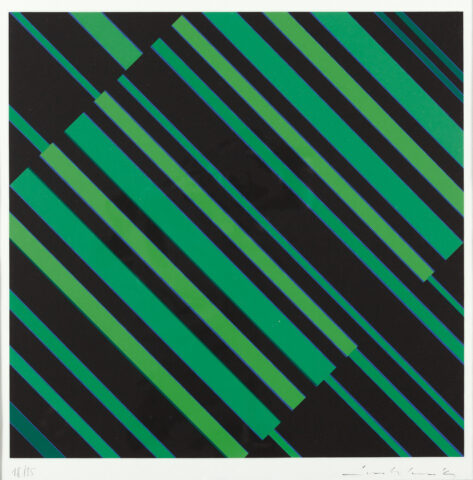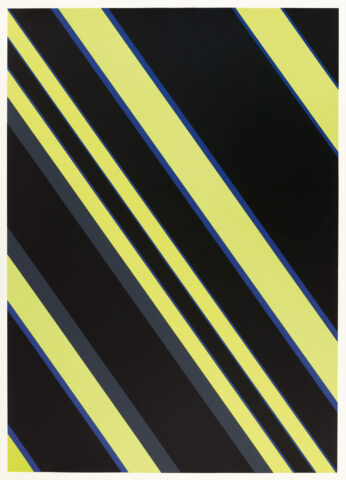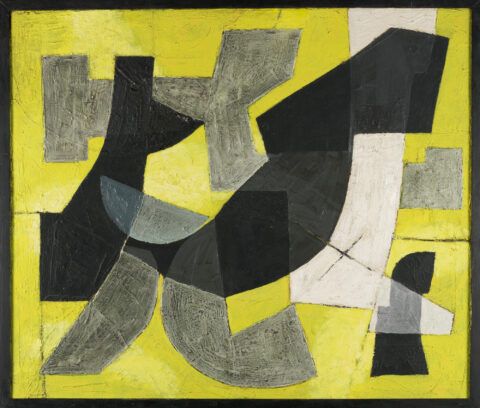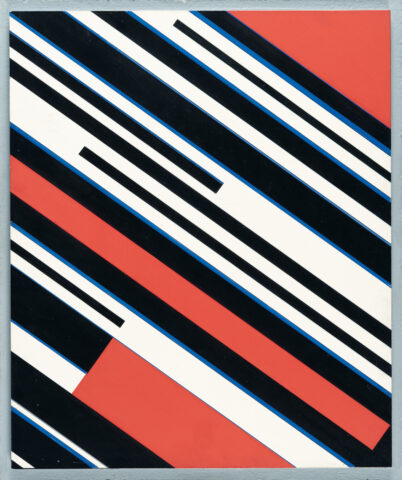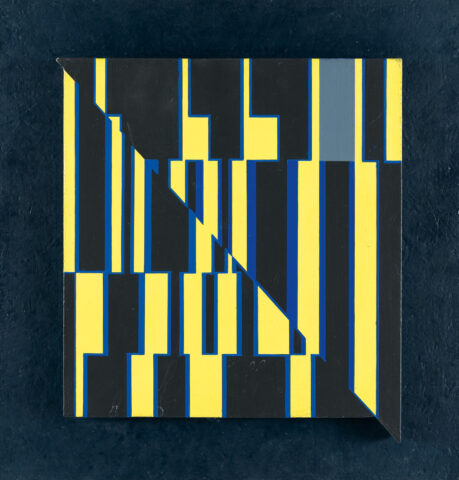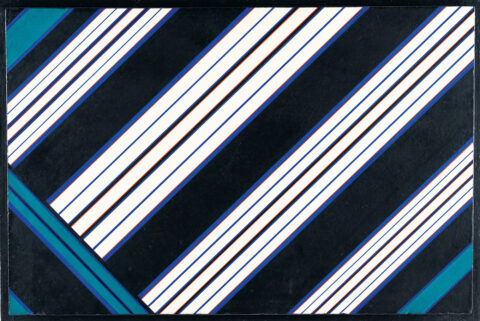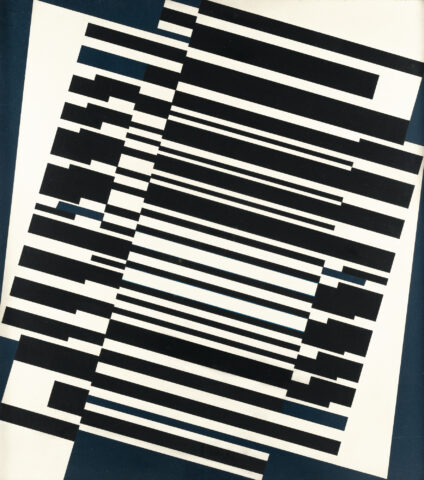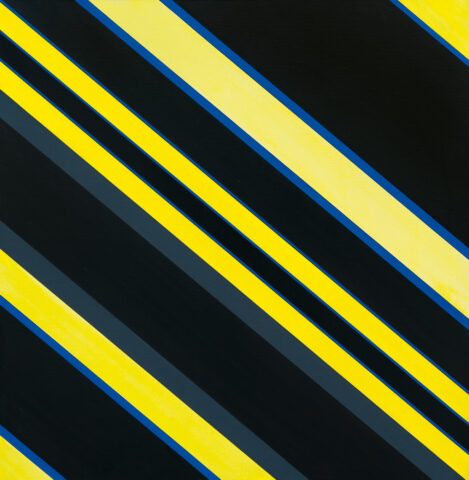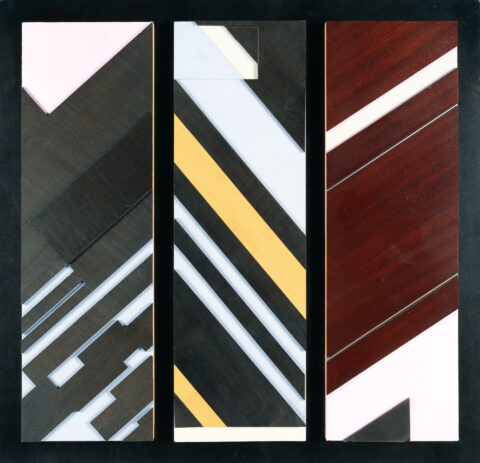Günter Fruhtrunk
In 1941 Günter Fruhtrunk volunteered for military service. During his deployment, he discovered art for himself and painted landscapes in watercolours to deal with the horrors of war. After the war he began private studies with the painter and graphic artist William Straube, a student of Adolf Hölzel and Henri Matisse. At the end of the 1940s he met Willi Baumeister and Julius Bissier, whose friendship paved his way to abstraction. In 1951 he went on a study trip to Paris and met fellow artists Robert Delaunay, Hans Hartung and Fernand Léger. He extended his stay after receiving a scholarship from the state of Baden-Württemberg in 1955 to work in the studios of Fernand Léger and Jean Arp. His work, initially leaning towards Informel, underwent a change when he came into contact with the Denise René Gallery and the artist Jean Arp in 1955. Günter Fruhtrunk became increasingly constructivist-concretist and began to work with ruler and compass. While his repertoire of forms included geometric shapes and oblique line constructs, he gradually reduced his pictorial content to oblique cross-pictorial colour lines of varying width and colourfulness, most of which flowed out of the picture. In 1961 the city of Cologne awarded him the Prix Jean Arp and in 1966 he received the silver medal of the Prix d’Europe of Ostend. When he was appointed to teach at the Munich Academy of Fine Arts in 1967, he received simultaneous invitations to participate in both the Venice Biennale and documenta IV in Kassel. The rapid increase in public attention he received culminated in 1970 with the commission to design the shopping bags for Aldi-Nord. He lived and worked in Munich until his unexpected suicide in 1982.


